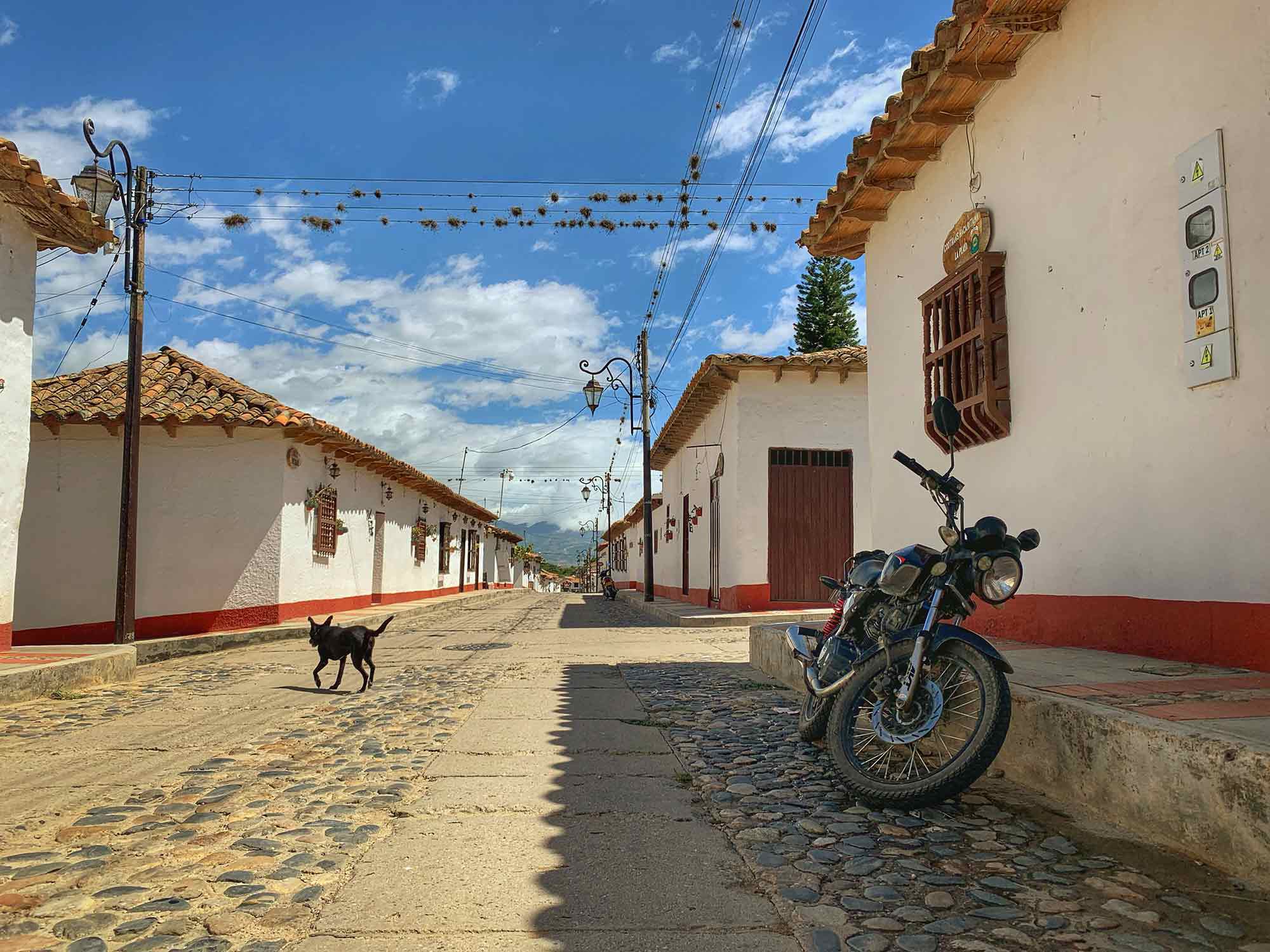
As twilight fell in one of northern Colombia’s sleepy colonial towns, I turned the corner and was immediately surrounded by five military personnel, geared in combat boots and camo. One of the men yelled for me to turn around and put my hands up on the wall behind me. Doing so, the only woman among them approached me, using her boot to slide my feet apart so that she could give me a thorough, aggressive pat down. The air was cool. It had been a perfect sunset with vibrant, soft orange clouds against the darkening indigo sky.
It was only a few minutes earlier that I ordered an ice cream cone from a humble tienda. With my face pressed up against the warm stone wall, I was now gazing at the vanilla soft-serve in my right hand, glistening under the glow of a nearby streetlamp. I couldn’t help but silently laugh to myself while my heart pounded in my chest. “What will they do to me?” I wondered, watching the ice cream melt as gravity slowly pulled it over the edge of the cone.
Related: Motorcycle Misadventures: Will You Face These Adversities on the Road?
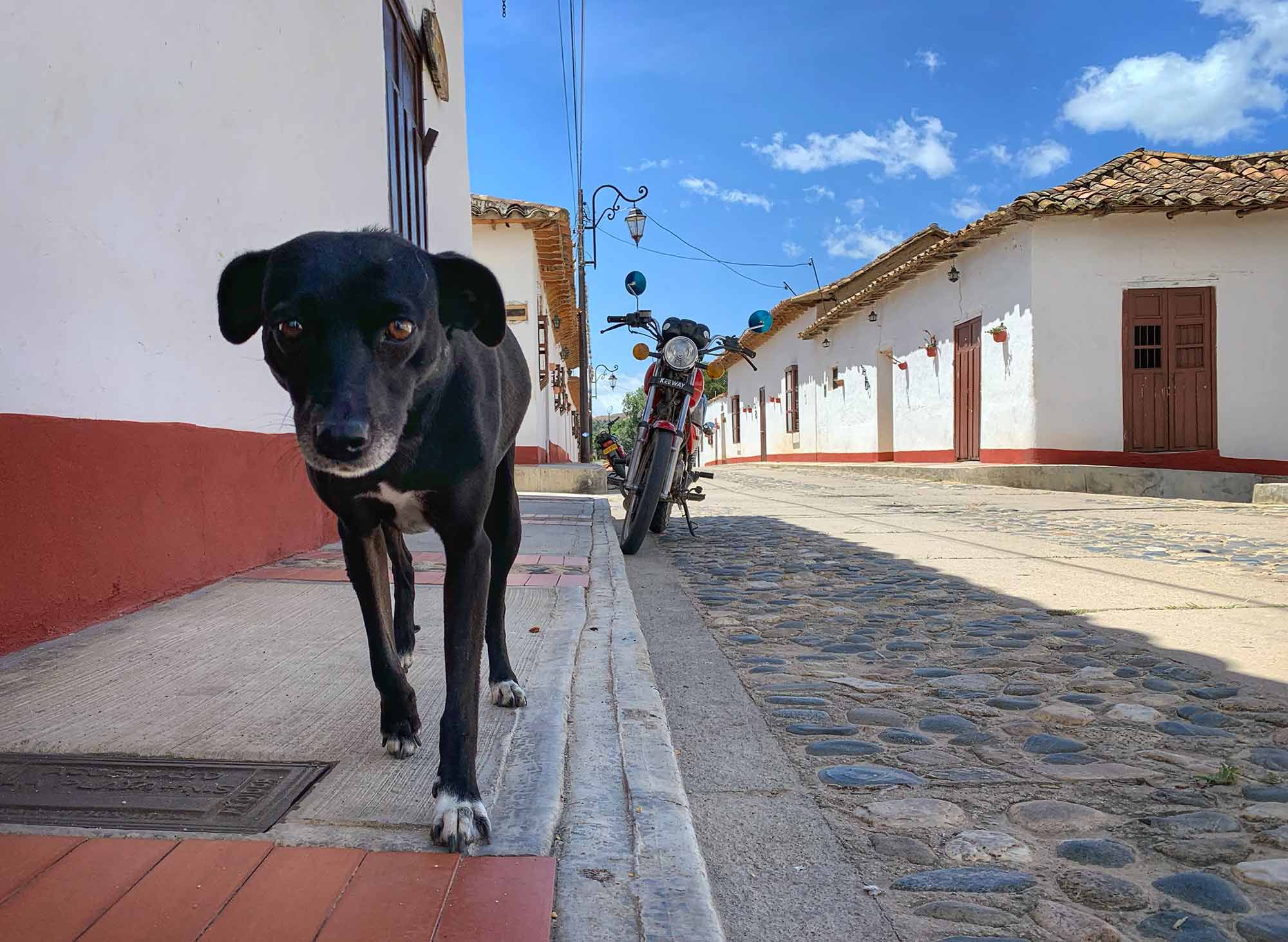
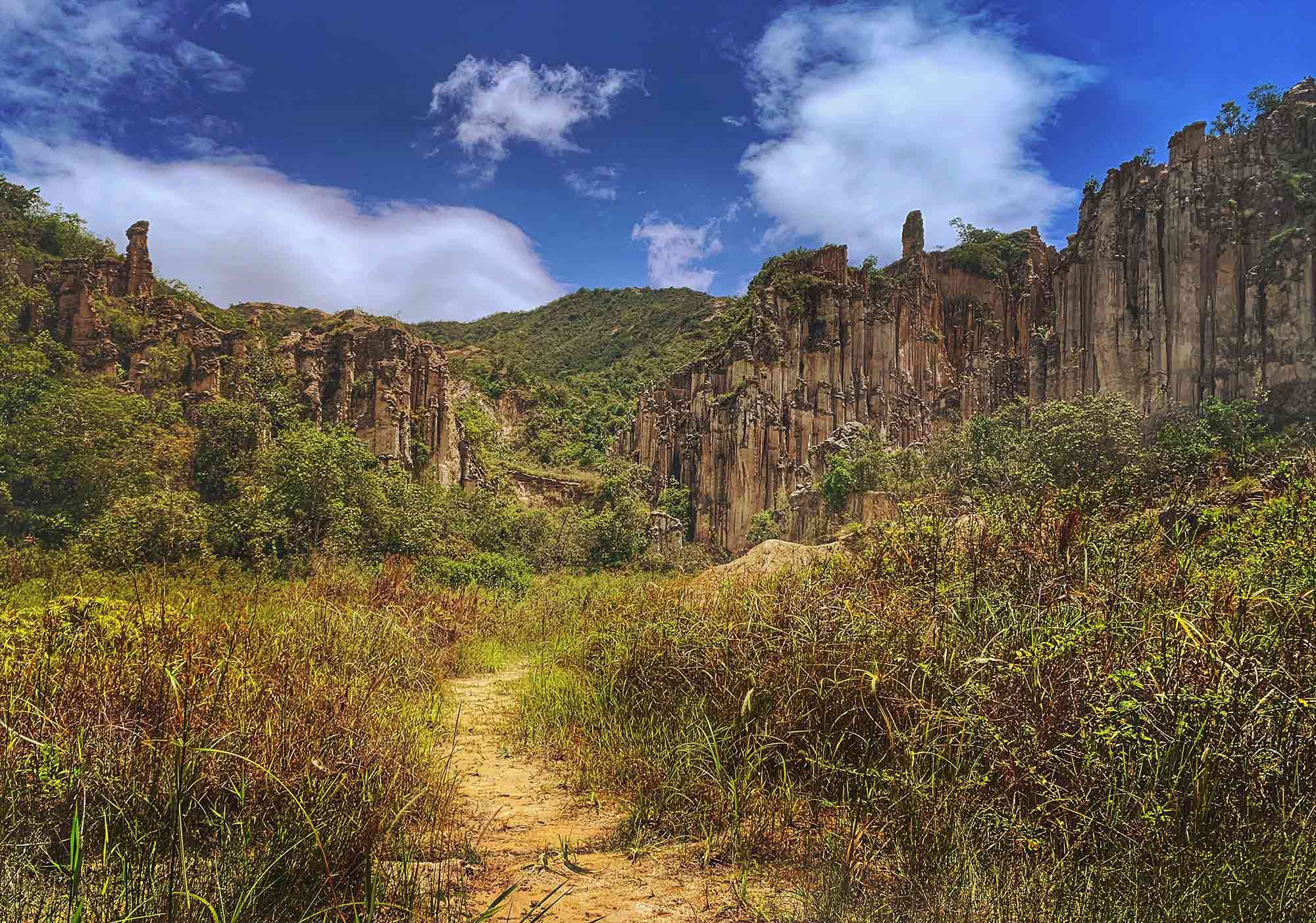
Related: The Problems of Motorcycle Travel No One Talks About
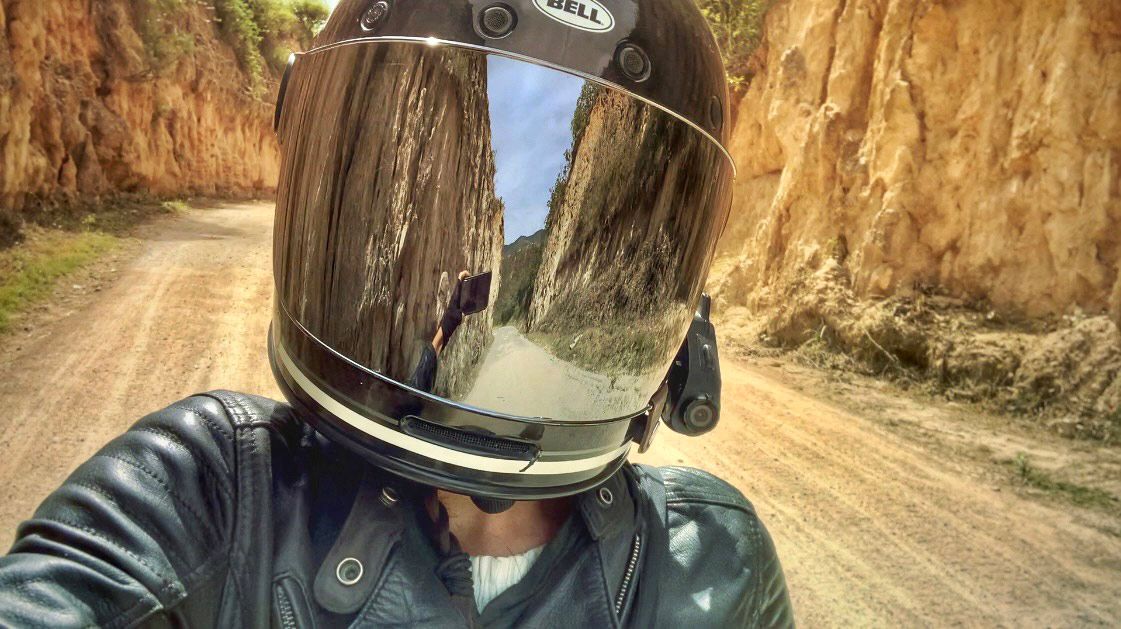
I had arrived in the National Heritage town of Playa de Belen just the evening before, ascending a curvy mountain road and careening through a narrow corridor of yellow rock walls. I was there to see Los Estoraques, the strange sandstone formations named after a medicinal tree that was overharvested to the point of local extinction within the last century. Wearing my well-worn leather jacket, the soldier’s hands stopped when she felt my spinal armor, asking me what it was with a suspicious tone. Her face was directly behind me, so I simply hollered that it was motorcycle protection. I slowly turned around with my hands still raised to show them that the armor was also in my elbows and shoulders. The man barking orders told me to take my hat off, and while squinting his eyes, leaned in closer to inspect my face and demanded to see my documents.
I did my best to eat some of my rapidly liquifying dessert before digging into my hip bag for my passport, studying their faces as I attempted a laugh and a casual apology, “que pena,” for having to deal with my not-so-frozen treat throughout the ordeal.
Related: Best Motorcycle Riding Traffic Safety Tips
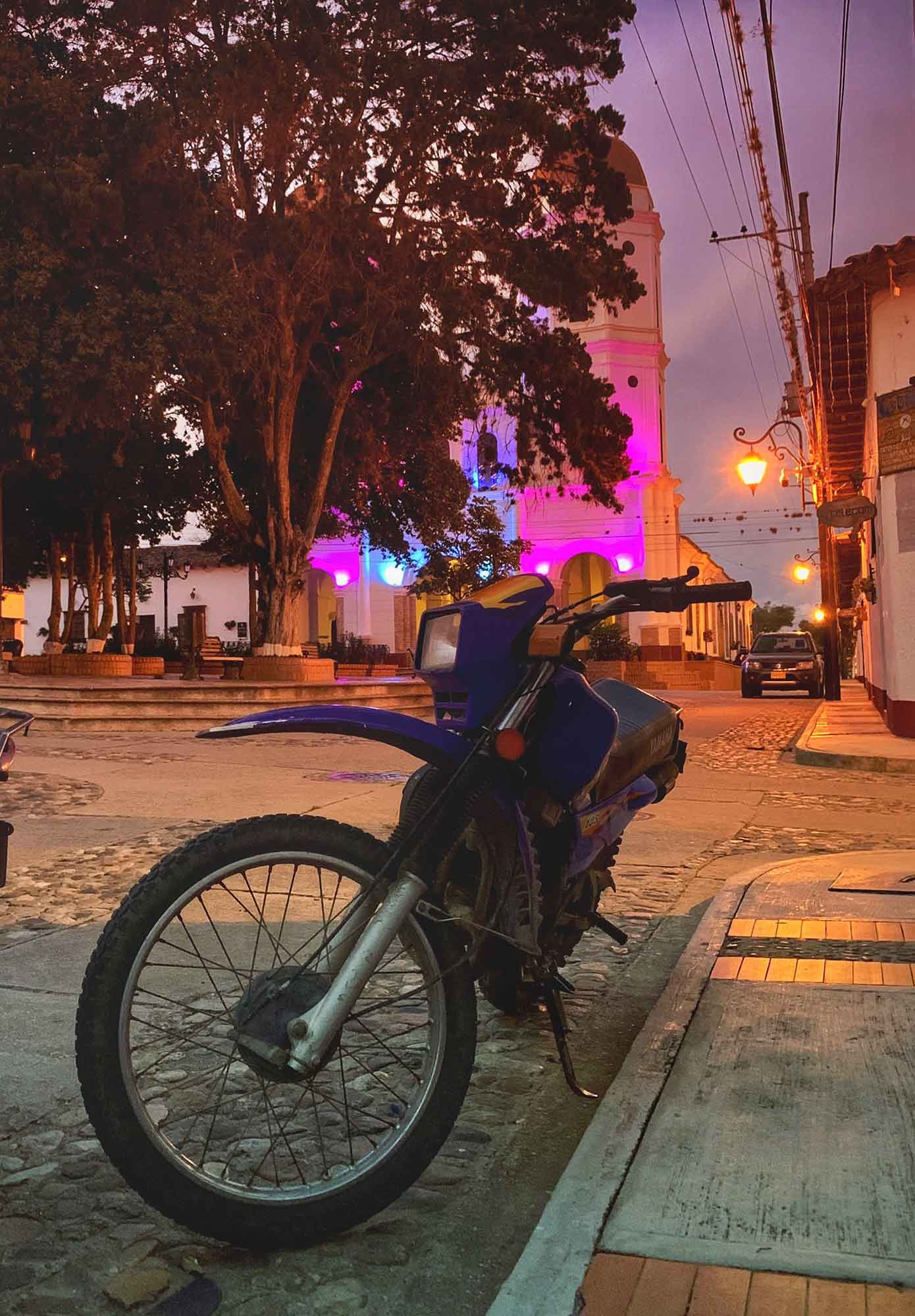
Related: Motorcycle Riding Tips – Touring During COVID Pandemic
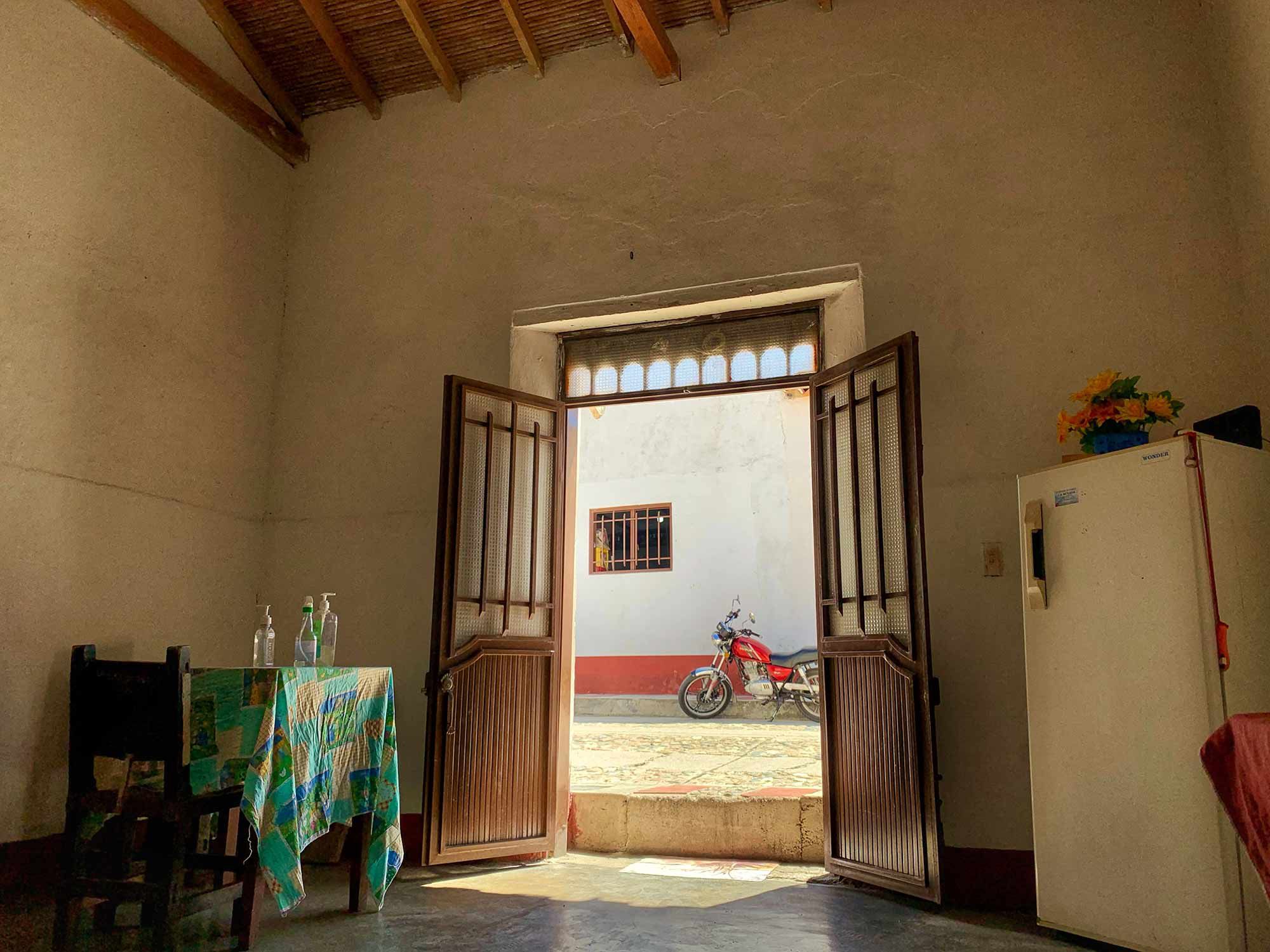
Flipping through my passport, they asked what I was doing there, who told me to come there, how I got there, and where my motorcycle was — two separate times (it was parked at my guesthouse). I did my best to stay outwardly calm even though I could feel my body trembling with that familiar, electric surge of adrenaline.
Unsatisfied, they wanted to look through the photos on my phone, specifically the one I had taken around the corner. I complied, opening my phone to the most recent photo — that of a dirt bike with the illuminated iglesia behind it. He snatched the phone from my hands and began scrolling backwards in time, through images of the sunset and my walk through town, ceasing to swipe when he arrived at a selfie I had taken next to a ripening bunch of bananas and their large, pendulous flower earlier that day.
I suppose I appeared suspect on that corner, alone, outside of the plaza near the church, leaning up against the wall with my ice cream cone. I did not try to explain to them the somewhat embarrassing reality of why I intentionally hung back–because I prefer not to be stared at while I repeatedly lick something.
Related: Top Motorcycle Safety Tips From A Solo Female Adventurer
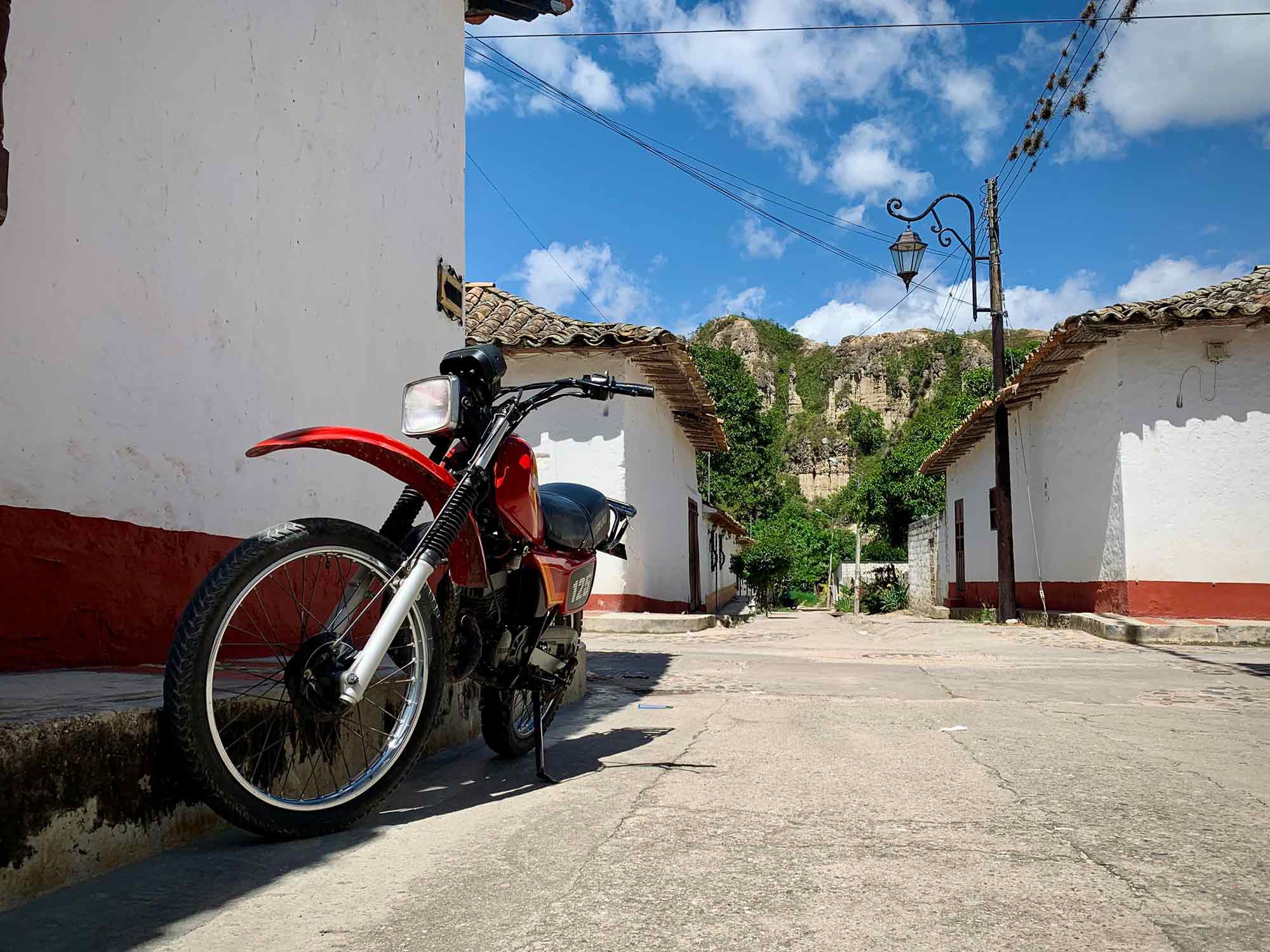
I have no idea what they thought my intentions were, but eventually they let me go, with an apology for bothering me.
Though I avoided that particular corner from then on, I can’t really blame those soldiers for being hyper-vigilant in a red-zone, an area still in conflict due to rebel groups and laden with drug trafficking into neighboring Venezuela. After riding more than 17,000 miles solo in South America, this isn’t the first zona-roja I’ve traveled through. Between the eastern ridge of the Peruvian Andes and the Amazon basin, I was stopped on the road by people with rifles resting on their shoulders, asking for money in exchange for “protecting” the road. They were not police and they were not military– maybe they really were vigilantes keeping the road safe for travelers, or perhaps they were simply armed hustlers seizing an opportunity to take advantage of an area in strife.
This is cocaine country, afterall. The snorted powder alkaloid, extracted from the leaves of the coca plant by using gasoline, sulfuric acid, and cement powder, is not at all how the indigenous have consumed this sacred plant for millenia. The people chew the leaves or drink a tea infusion to help with altitude, for energy (similar to how we use coffee), and nourishment with its high quantity of vitamins, minerals, and protein.
Related: Motorcycle Touring In Colombia—Crossing The Trampoline Of Death
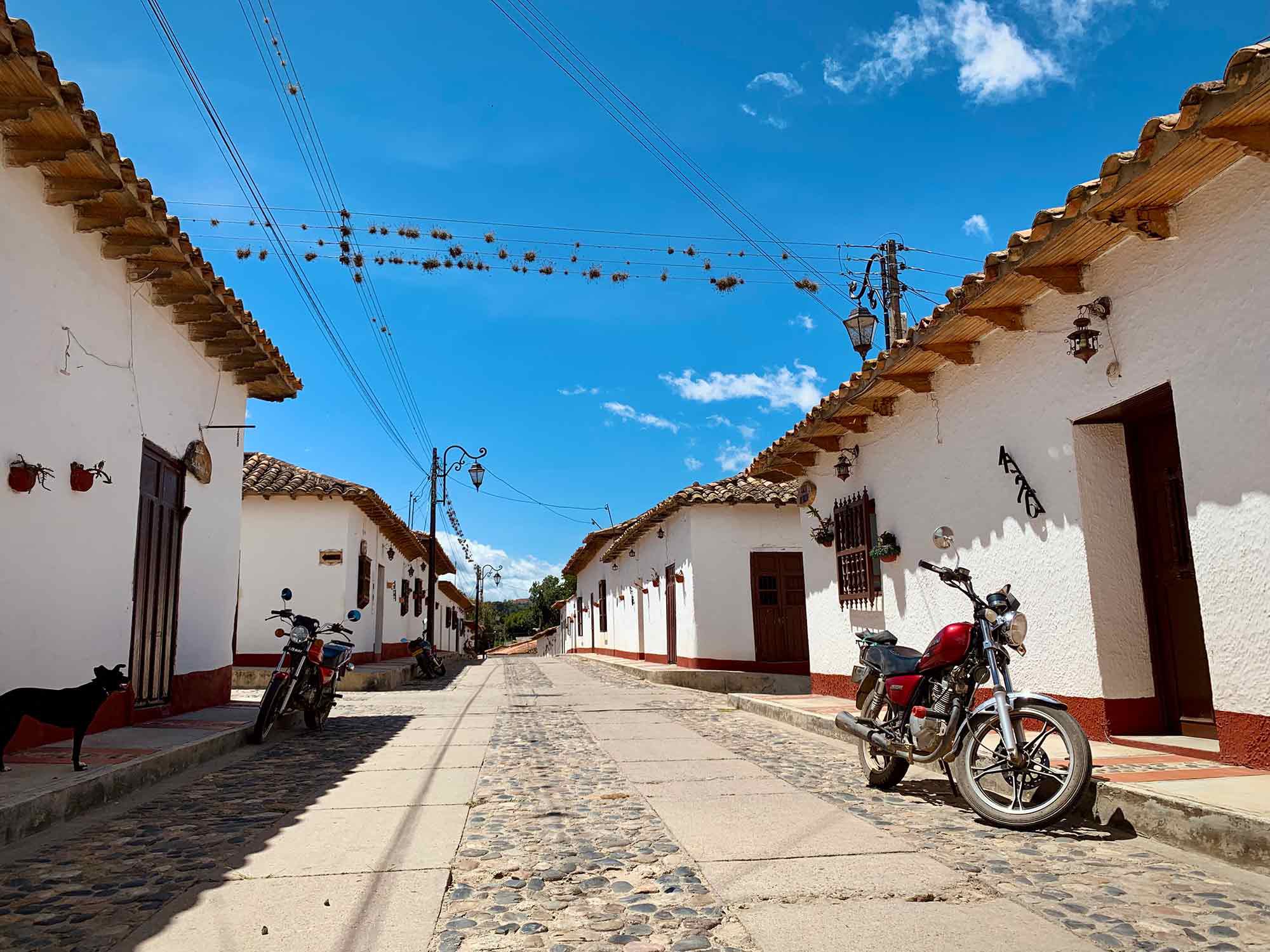
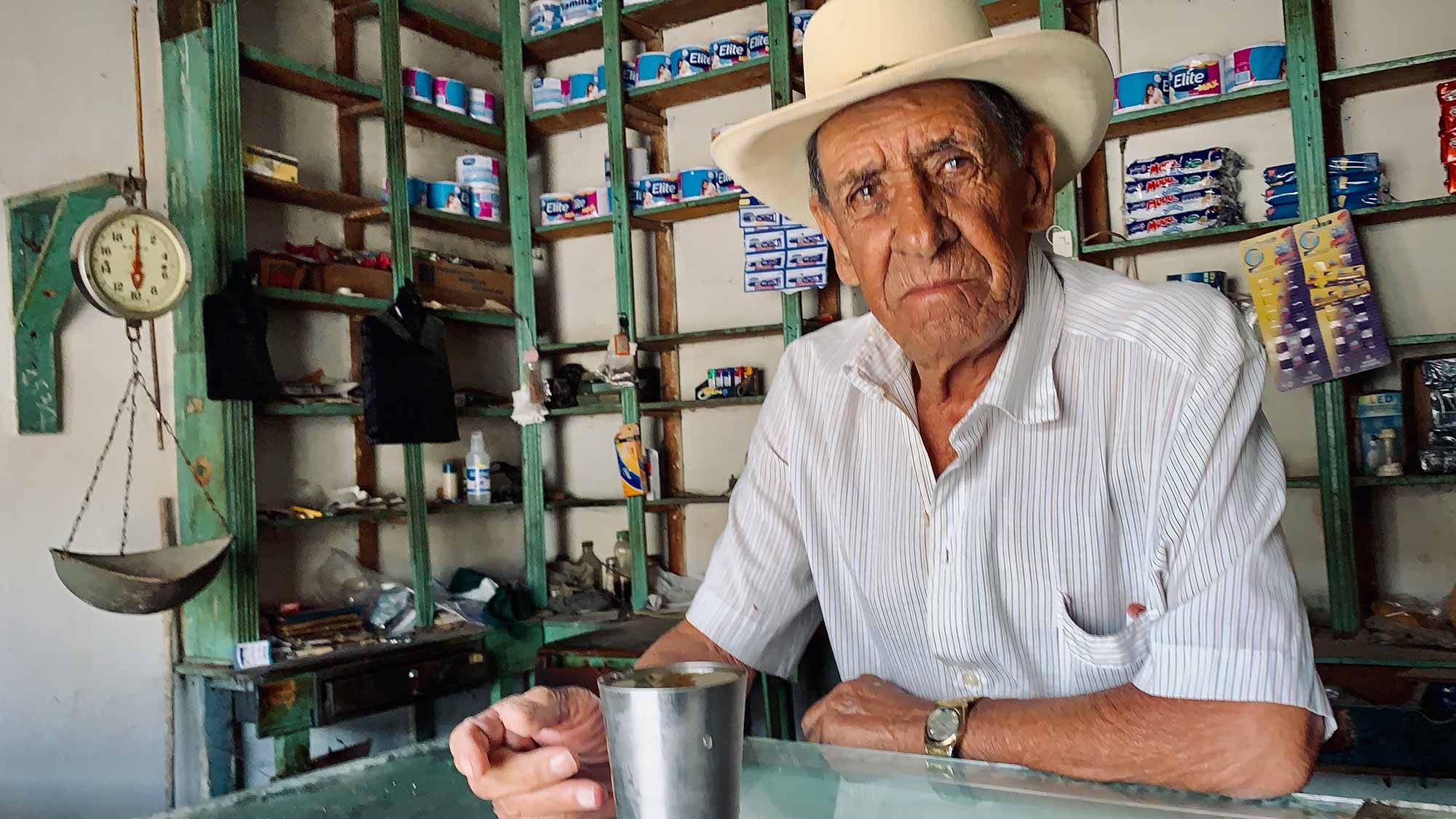
Despite exhaustive efforts and billions of US dollars, Colombia and Peru are producing more cocaine than ever. Keeping substances like cocaine illegal, rather than regulated and taxed, only fuels violence while the powerful rake in the illicit wealth. After more than 50 years of civil war in Colombia that would not have lasted more than a week without profits from the drug trade, and more than 240,000 dead, 7 million internally displaced, it is clear there are those who would rather this “war on drugs” not end.
Change is the only constant in life, whether it be people, landscapes, politics, or the safety of certain roads and regions in Colombia. As anthropologist and author, Wade Davis, describes, Colombia isn’t a place of drugs and violence, it is a land of “colores y cariños,” with an astounding array of natural, cultural, and ecological diversity.
Related: Northern Colombian Treasures—Motorcycling The Sierra Nevada de Santa Marta With A Purpose
The best way to experience such vast diversity is while traveling Colombia by motorcycle, from snow-capped volcanoes to coastline to lush jungle and back up again. In addition to unparallelled landscape-diversity, Colombians might just be the friendliest people on the planet. Extremely warm, welcoming, and helpful, Colombians are always offering to help with any directions or route advice you might need. They all talk to each other kindly, and call one another “veci,” for vecino, which means neighbor. They love to give saludos (respectful salutations) and to talk about anything around them in passing. “This pothole in the road is very dangerous, it just keeps getting worse.
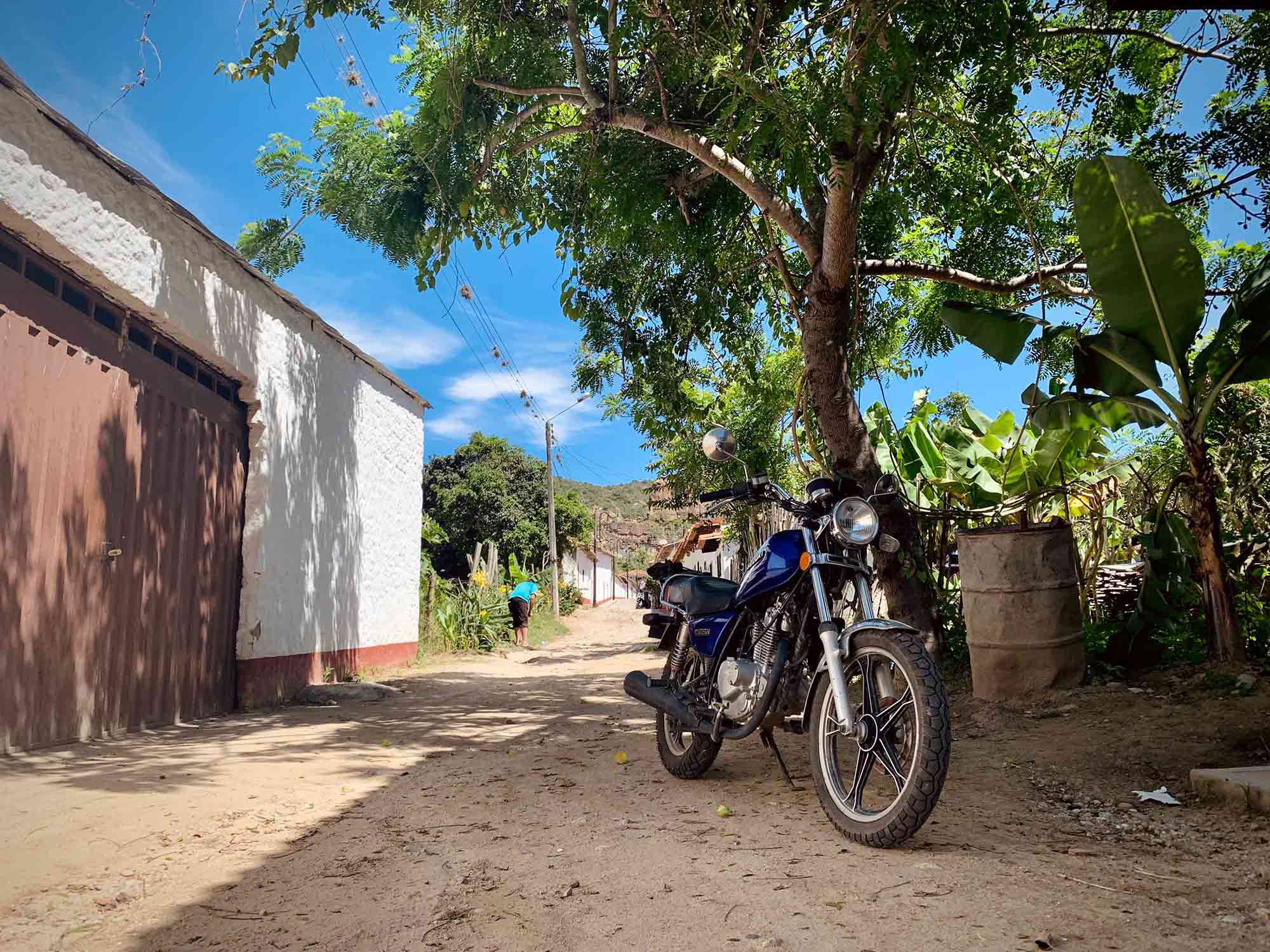
Related: Trapped Abroad On A Motorcycle Trip During Coronavirus
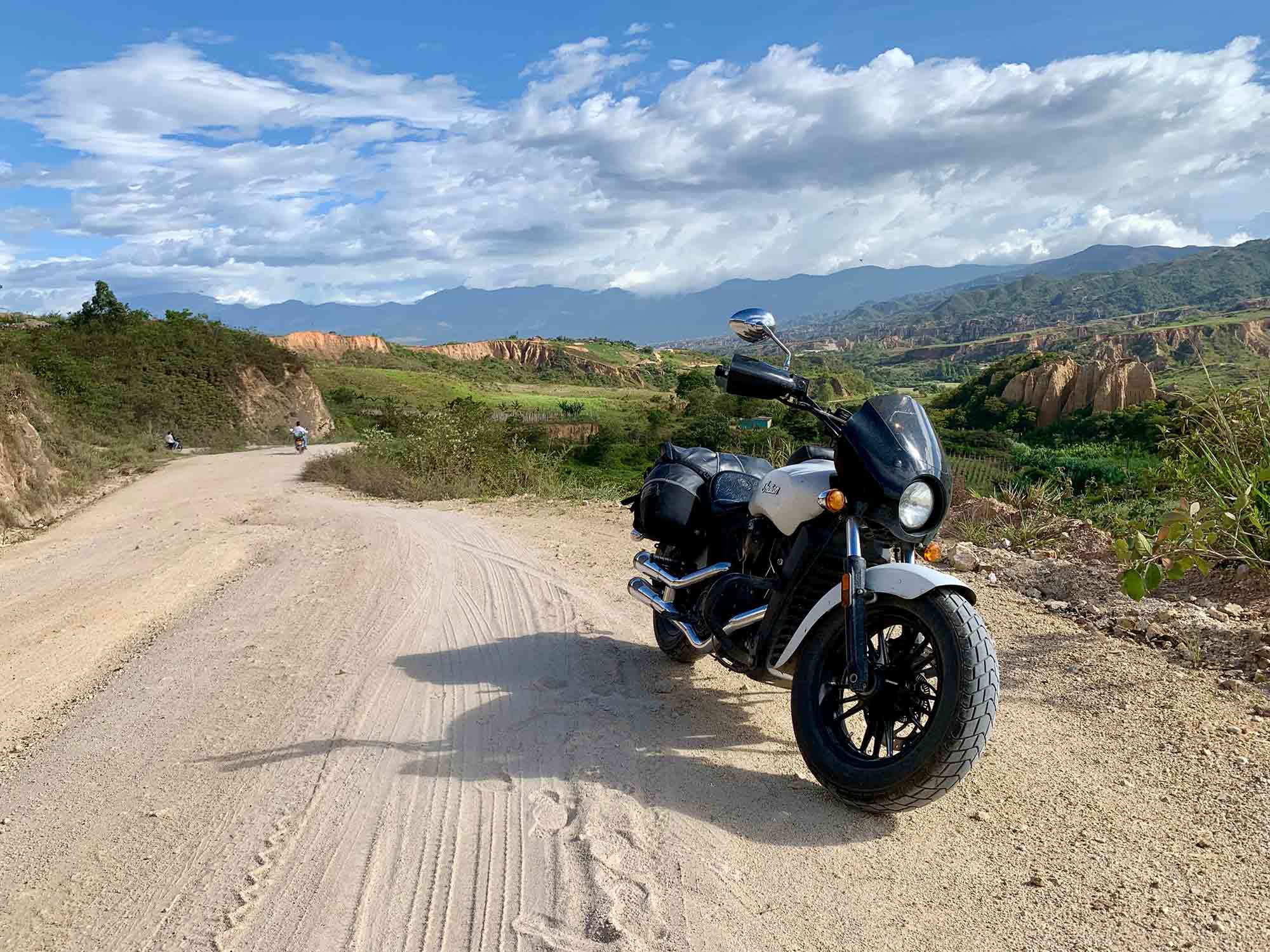
I realize I’m lucky to have explored this country more than the majority of its citizens, who for so long were unable to safely move around for fear of armed militia groups, funded by the illegal sale of cocaine. In the countryside, the sight of a foreigner traveling brings about a sense of happiness for the locals, as they recognize it as a sign of progress, a shift towards a more peaceful existence in such beautiful terrain.
Rather than heading any further towards the border of Venezuela, I rode out of Playa de Belen the same way I had come. On the way towards the main road, a section of the PanAmerican Highway called Ruta del Sol, I was stopped by yet another five military personnel — all males this time. I pulled over, slowly, and when I lifted my face shield to talk to them, I heard only audible elation to see that I was female. They didn’t ask to see my documents but instead, had a lot of questions about my motorcycle and my route. They wished me a safe journey after taking a few photos with me.
Related: How To Have A True Motorcycle Adventure In Ecuador
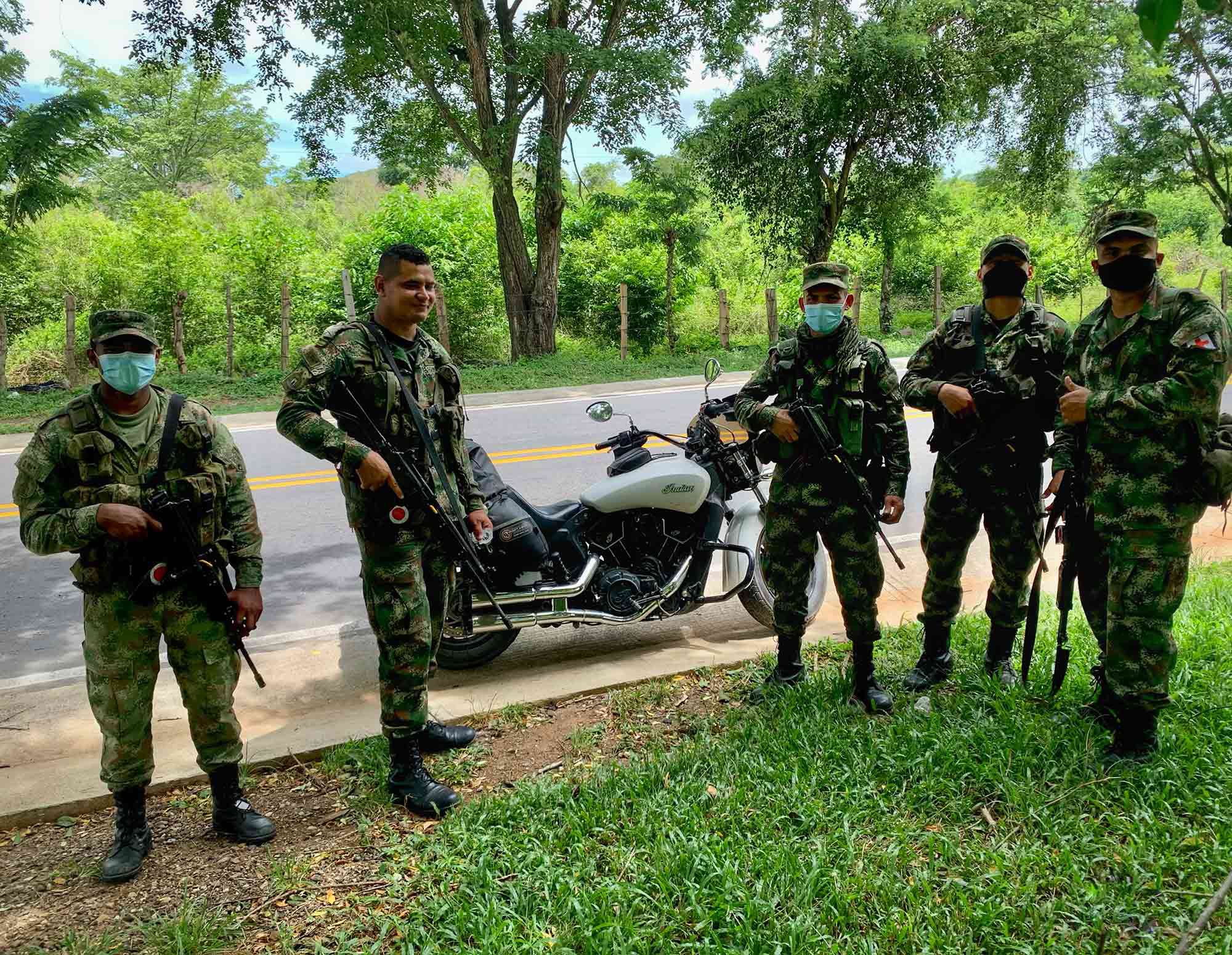
While it’s clear I ventured into an area that does not receive many foreign tourists, and that some areas of Colombia remain off-limits for exploring, there is still an abundance of quaint towns and breathtaking landscapes in which to enjoy sunsets and frozen desserts, preferably while not being frisked.
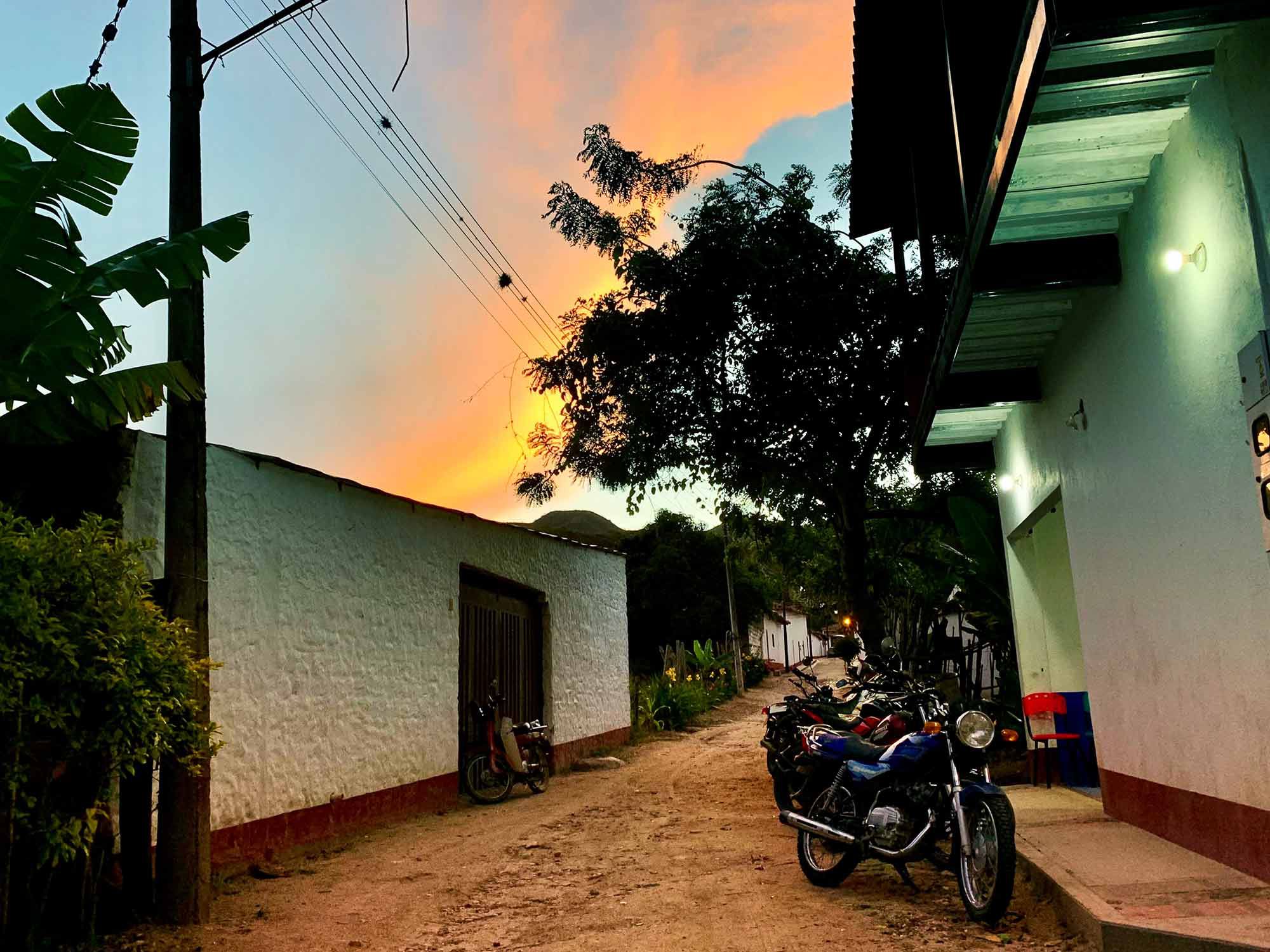
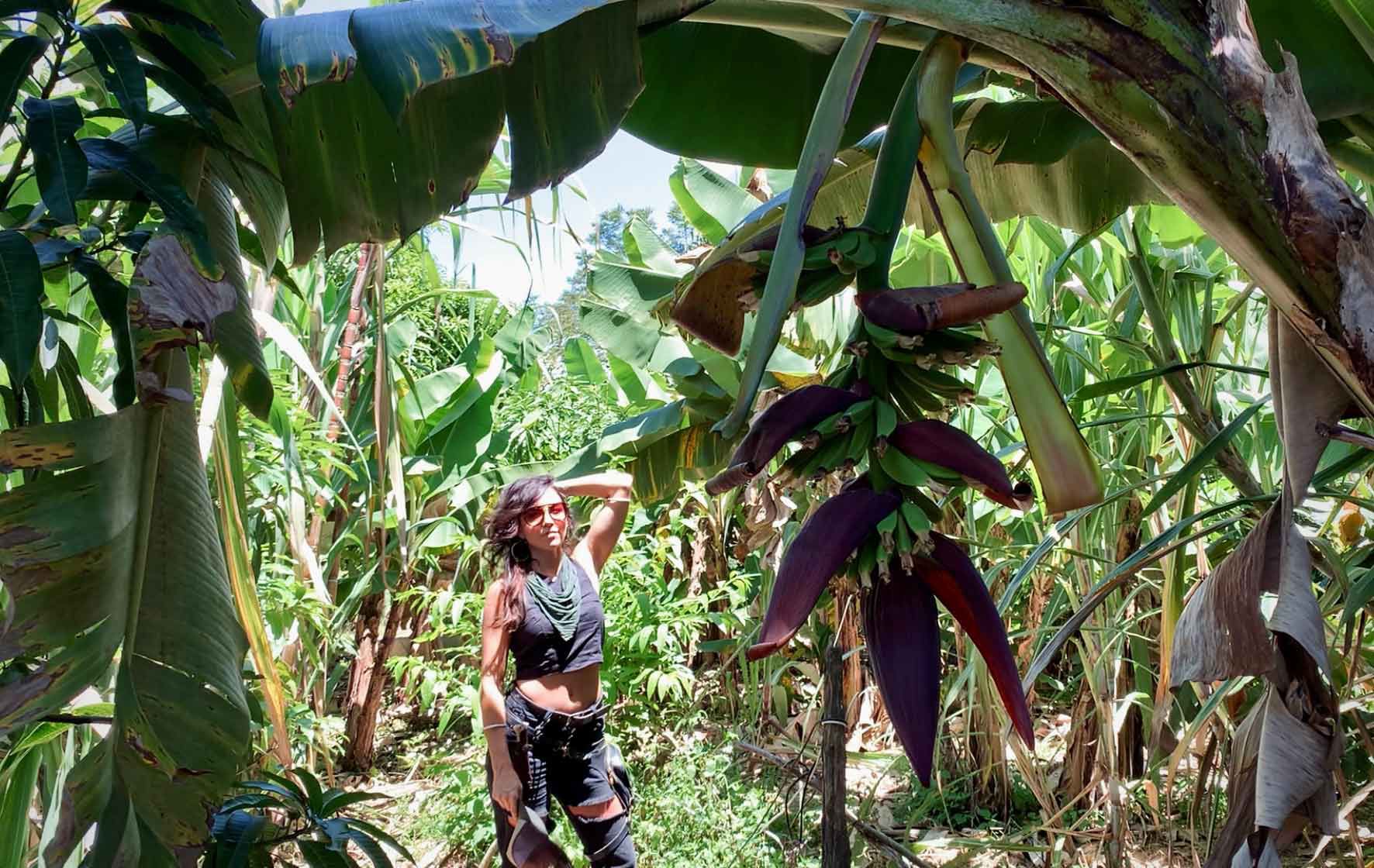
Related: Riding An Indian Scout Sixty In The Sacred Valley Of Peru
Source: MotorCyclistOnline.com
